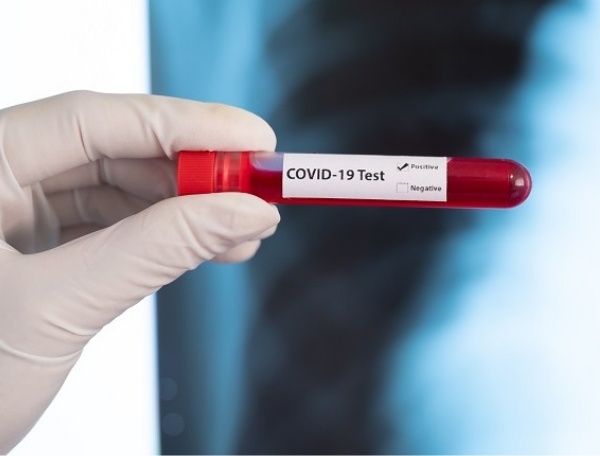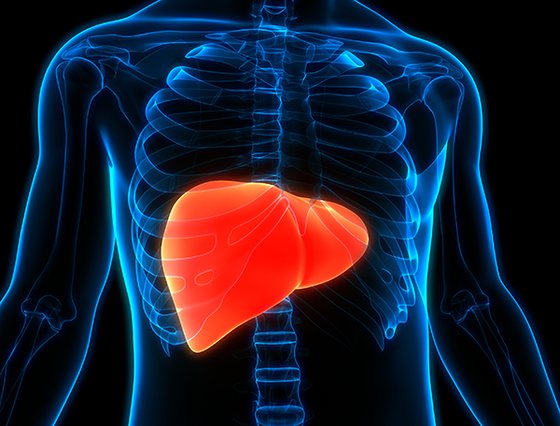


clinical research
Putting IUS Into Practice
Putting IUS Into Practice
Ulcerative colitis was first distinguished from diarrheal diseases caused by infectious agents in 1875. Recognition of Crohn’s disease followed in 1932.
Today, the two diseases fall under the term inflammatory bowel disease (IBD) and are characterized by chronic inflammation of the gastrointestinal tract. Both often include diarrhea, rectal bleeding, abdominal pain, fatigue and weight loss.

For some, IBD remains a mild illness. For others, it can be debilitating and result in life-threatening complications. Effective monitoring of the disease is essential in clinical patient care, yet the standard non-invasive methods—clinical assessment and inflammatory biomarkers—are unreliable. Endoscopy is the most accurate, but it is invasive and can only evaluate the intestinal mucosa. Invasive procedures are more expensive, require more staff and clinical resources, and often have reduced patient compliance.
In contrast, intestinal ultrasound (IUS)—ultrasonography of the abdomen to assess for inflammation in the intestinal wall and surrounding structures—is noninvasive and can evaluate the morphology of all intestinal wall layers. In addition to bowel wall thickness, IUS can provide data on mural stratification, mesenteric fat and lymph nodes. Doppler ultrasound contrast-enhanced ultrasound can provide further data on intramural blood flow and distinguish between active inflammation and fibrotic mucosa. Fistulas and strictures also can be assessed in real-time.
In addition to improved monitoring capabilities, IUS provides practical advantages for patients and providers. Unlike colonoscopy or CTE/MRE imaging, IUS requires no preprocedure planning or preparation such as scheduling, fasting, bowel preparation or oral contrast. As such, IUS would likely reduce noncompliance and has the potential to replace colonoscopies for assessment of mucosal healing in many IBD patients, especially those who need more frequent assessments or have higher comorbidities and/or risk of complications with more invasive procedures.
In the clinic, incorporating IUS takes minimal additional time, overhead and labor requirements. There is no need for sedation, postoperative patient monitoring or specialized procedure rooms with IUS. It can be performed quickly in the same exam room as a clinical assessment.
There’s no question that IUS can be a safe, noninvasive alternative for IBD diagnostics and monitoring at office visits, but in the U.S., it is not often utilized. In her recent paper published in Crohn's & Colitis 360, Bincy P Abraham, MD, Fondren Distinguished Professor in Inflammatory Bowel Disease, Department of Medicine, offers practical tips for integrating IUS into clinical practice in the following areas:
- Training
- Choosing the Right Ultrasound Equipment
- Clinic Schedule and Protocol
- Time for Procedures
- Documentation
- Cost
- Reimbursement for IUS
- Time to Break Even
Bincy P Abraham, MD
Incorporating IUS into an IBD practice requires initial investments for personnel training and equipment purchases. Clinic scheduling also needs to be adjusted to accommodate the procedure. However, once established, IUS will provide immediate, safe assessment for IBD management.
“The information provided covers everything providers need to consider bringing IUS into their daily practice, from available certification courses to protocols and everything in between,” said Abraham.
IUS brings not only convenience, but also disease detection and monitoring without sedation, bowel prep or radiation. It can be added seamlessly to existing appointments, allows meaningful patient/physician engagement and provides real-time clinical data to guide decision-making that will improve patient experiences, patient care and patient outcomes.
Share this story
Heather Lander, PhD
March 2024







